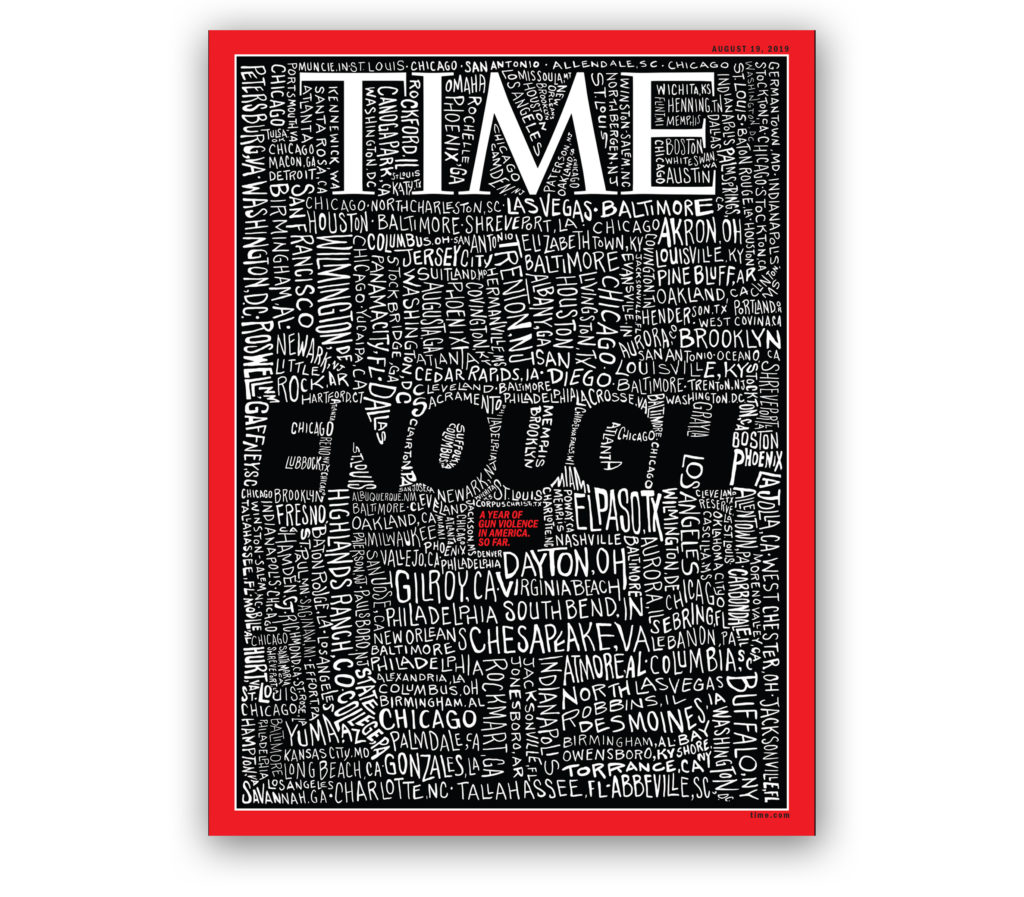
People have forgotten – or hadn’t considered it in the first place – that Band-Aid® is a trademarked brand registered by pharmaceutical and medical device giant Johnson & Johnson (J&J). For most of us, Band-Aid generically describes any kind of adhesive bandage with a gauze pad in the center. The term has even become part of our colloquial language –e.g., who hasn’t called a temporary fix a “band-aid solution.” Actually, Band-Aid was invented in 1920 by Earle Dickson for his wife, Josephine, who was a bit accident-prone around the house. Dickson, a New Jersey cotton buyer for J&J, noted that his wife often used tape to hold cotton balls over her nicks and burns, but the tape usually fell off as soon as she returned to her task. Dickson devised an easier method; he placed squares of surgical gauze at intervals on a strip of tape and used a length of crinoline to keep the tape from sticking to itself so it could be stored rolled up. All Josephine had to do was unroll the tape, cut off as much as she needed and dress her own wound. Dickson mentioned his little invention to colleagues at J&J and his boss thought it was so ingenious that Dickson’s idea was put into production. At first, Band-Aid Adhesive Bandages had to be made by hand and were an awkward 2 ½ inches wide by 18 inches long. In 1924, J@J moved Band-Aid into mass machine production and resized the product to ¾ inch wide and 3 inches long, with a thin red thread to pull off the paper wrapper. Targeted to young families, J&J promoted Band-Aid by donating the product to Boy Scout troops across the U.S. Sales took off. By World War II, Band-Aids were standard issue in soldiers’ mess kits. Band-Aid products became so ubiquitous, the brand was not only the market leader for this category of adhesive bandages, it became synonymous with all products in this category, much to the chagrin of Band-Aid’s competitors.




